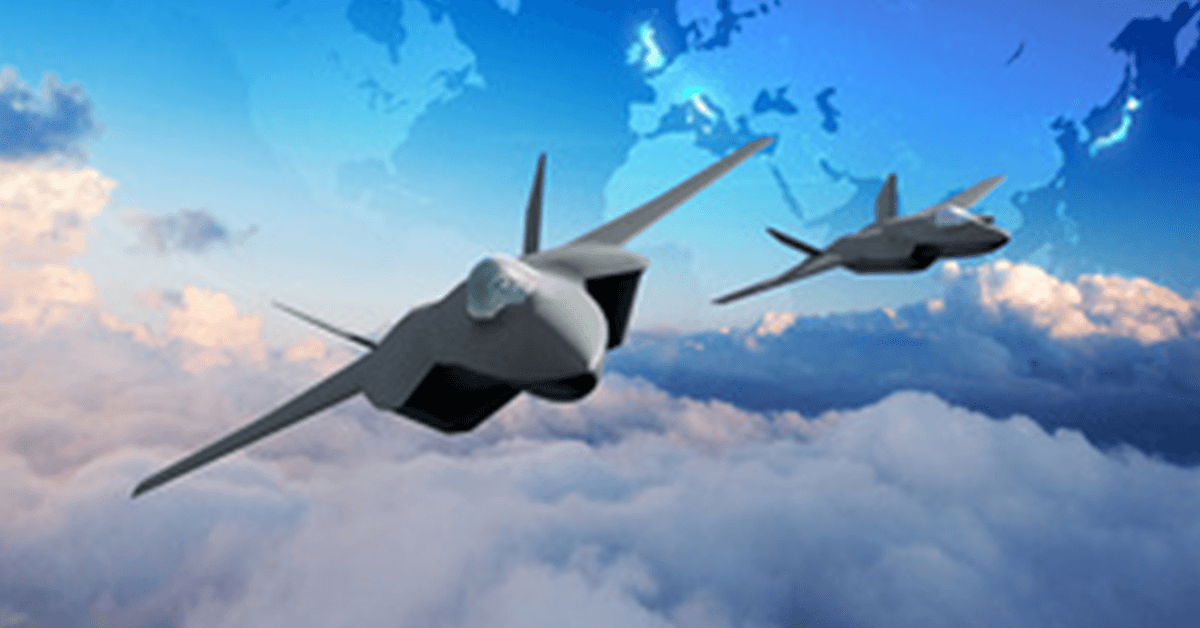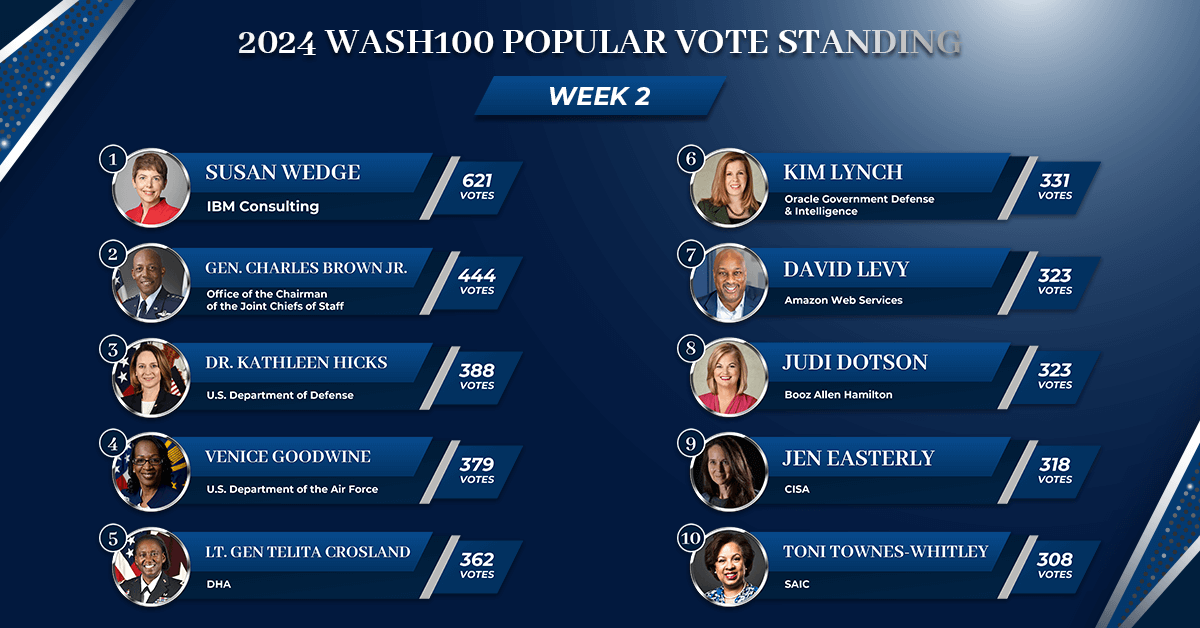In recent years, the Department of the Air Force has made significant strides in its modernization journey, but the service is still dealing with lingering issues, alongside emerging ones, as it continues to stretch its area of responsibility over two of the world’s largest, most quickly evolving domains.
The DAF’s number one challenge today is integration, according to Major General Robert Scott Jobe, director of the A-5/8/9 Plans, Programs and Requirements Directorate within the Air Combat Command.
“It is partially a bureaucratic problem set, but it is also a cultural problem set,” he shared in a panel discussion during the Potomac Officers Club’s 2022 Air Force Summit. “It is shifting the entire Department of the Air Force, which includes the Space Force, pivoting towards a peer adversary competition that spans everything from peacetime — what we typically would call phase zero — all the way through conflict and on the other side. It’s integrating across that mindset shift that’s really difficult.”
Air Force Secretary Frank Kendall’s seven Operational Imperatives have catalyzed integration within DAF, but integration is also needed across the joint force, Maj. Gen. Jobe mentioned. When asked by moderator Lt. Gen. Retired Bill Bender, senior vice president of customer excellence at Leidos, if the military services are aligned under one common goal, Jobe explained that the foundational mission has been laid out, and the joint force is cooperating in continued coordination of that mission above all else.
“The way we think we’re going to fight is very much at closing rapid kill chains at as close to machine speeds as we can get. We know we’re going to take the exquisite down to the non exquisite weapons, and we’re going to target pair accurately. We know we’re going to integrate across a joint force, both from a planning and a tactical execution C2 perspective,” Jobe said.
He added, “As I talk to my Army and Navy and Marine Corps counterparts, none of us are in disagreement about how we’re going to do that. We’re all moving in that, in that same direction. And so from that perspective, I think we do have a North Star.”
Integration must also include DAF processes, urged Brig. Gen. Jeff “Spaniard” Valenzia, Joint All-Domain Command and Control Cross-Functional Team lead for Air Force Futures.
“Our processes are a mess,” Valenzia revealed. “If you don’t know this, if we just try to close a single kill chain within the air component — and we’ve modeled it, and we’ve checked this model over and over in multiple scenarios — it’s hours to close a single kill chain against what Secretary Kendall laid out as one of our most pressing mission sets, which is to identify and target a mobile or a fleeting opportunity target.”
“We know that to be effective, we have to be able to close it within minutes. And the reason we can’t is partially technology, but it’s mostly because our processes are a mess,” continued Valenzia.
During the discussion, Valenzia also revealed that the Air Force is using systems engineering to build a digital twin that will help the force better understand how to make decisions in air and space, and across all domains and components. The initial model is set to be released at the end of August and will be available for industry trial.
The model will go out to INDOPACOM and allied countries in the coming months. “This isn’t a model that we’re looking to hold tight within just the Department of the Air Force,” Valenzia noted, highlighting the importance of industry and ally demonstration.
As DAF processes are tightened up and optimized, they must remain agile enough to respond to technology advancements like artificial intelligence, warned Rob Carey, president of Cloudera Government Solutions and previous Wash100 Award winner.
“We must have flexibility in our processes to embrace technologies that are birthed along the way,” Carey said. “We have to have a better understanding of how do I embrace AI, right? I mean, really embrace it and then make sure I level set my expectations. Because there are those that expect that’s an instantaneous gratification and it is not. The payoff is huge, but at the same time, you have to actually understand it pretty well in order to implement it successfully.”
JADC2 can help build the framework for standards and processes that support the widespread AI adoption, but Carey asserted that AI integration cannot be viewed as a one click solution.
Along the lines of industry innovations, Brig. Gen. Jason Cothern, deputy commander of the Space Systems Command, shared what the command is doing today to integrate commercial partners, increase partnership between operators and realign itself with an evolving mission.
“We were aligned by stages of life cycle in the past,” Cothern described. “Now we’ve realigned into mission areas and we’ve given those five mission areas to specific PEOs who are now responsible for the entire life cycle of delivering space capability in that mission area.”
The Space Force has recently stood up a commercial services office designed to connect private sector space companies with government buyers. “This commercial services office is really chartered to help those PEOs look across the landscape of commercial space capabilities that are available and try to help drag those across the valley of death,” he said.
The force is also working with the Space Warfighting Analysis Center to get after top DAF priorities. “We’re integrating the ops research analysts and the operators and the acquirers in a way that I don’t think I’ve ever seen in my career,” Cothern said of the command’s collaboration initiatives.
This increased collaboration is especially important as we move into the future of warfare, which promises to rely heavily on coalition fighting, according to top defense officials. “Every fight we’re going to be in is going to be joint and coalition,” said Vincent DiFronzo, senior vice president for SAIC’s Air Force, Combatant Command and DoD Agency business unit.
“First and foremost, that coalition interoperability allows us to operate smarter,” DiFronzo explained. “We do have a force structure challenge,” he said, but coalition partners can contribute modern force structure to the table that we can leverage and capitalize on.

Join the Potomac Officers Club for its next military service-focused event, the 7th Annual Army Summit on Aug. 24 at the McLean Hilton. Don’t miss this opportunity to hear from top-level Army officials and industry executives. Click here to register.







